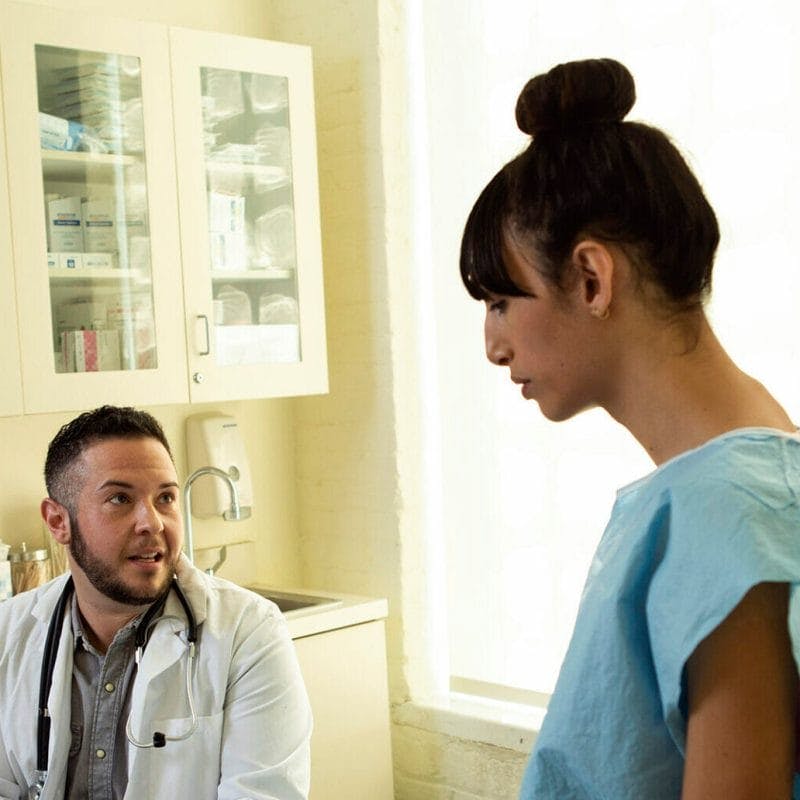Mental Health in Primary Care
Integrating mental health into primary doctor visits can make it easier to meet young adults’ needs.
Many young adults have more regular interactions with primary care physicians or emergency department doctors than with mental health professionals. Young adults may also be unsure what they are struggling with, how to talk about their mental health, and where to look for help. Even when people reach out for mental health help, they often experience long wait times before accessing care. Integrating mental health services into physical health services can make it easier to meet young adults’ needs. Then, it will be more likely that someone with a mental health issue will receive timely and effective treatment.


Growing up, Carissa always felt like she didn’t belong as an Indian American woman and needed a doctor who understood her culturally.
Mental Health in Primary Care Also Saves Money
Linking physical health services and mental health services can also lower costs for those who are experiencing both physical and mental health problems by reducing the number of times a person needs to seek care, and by identifying any potential problems before they become so serious that more extensive, expensive care becomes necessary.
Strategies for Better Mental Health Treatment:
- Train doctors to screen for mental health concerns and connect patients to treatment options.
Provide access to peer specialists and other healthcare navigators to support those identified as having or at risk for mental health challenges to help them access and engage in relevant mental health care and community-based resources. - Make sure mental health issues can be quickly identified in hospitals and emergency departments.
- Expand and enforce “parity” laws. These laws require that health insurance companies treat mental health care the same as physical health care. This would facilitate a more seamless integration of mental and physical health services.
How are you feeling after reading this?
- 🤷
- 😊
- 💯
- 😔
- 😠
- 🤔
Take Action Now
Explore Related Action Area
Continue your engagement by learning more about and taking action on related issues.
Equitable Mental Health Care
Addressing stigma, affordability, and responsiveness of care.
What Does Medicaid Have to Do With It?
Medicaid is a lifeline that covers nearly 75 million people nationwide, half of which are youth.
Why is Mental Health Care So Expensive?
Looking for care? It can be very hard to predict what you’ll be expected to pay.
Mental Health in Primary Care
Integrating mental health into primary doctor visits can make it easier to meet young adults’ needs.
Destigmatizing Mental Health
The top way to reduce stigma is sharing your lived experience.
Mental Health Promotion & Prevention
It is important to prevent issues from happening in the first place, when possible.



